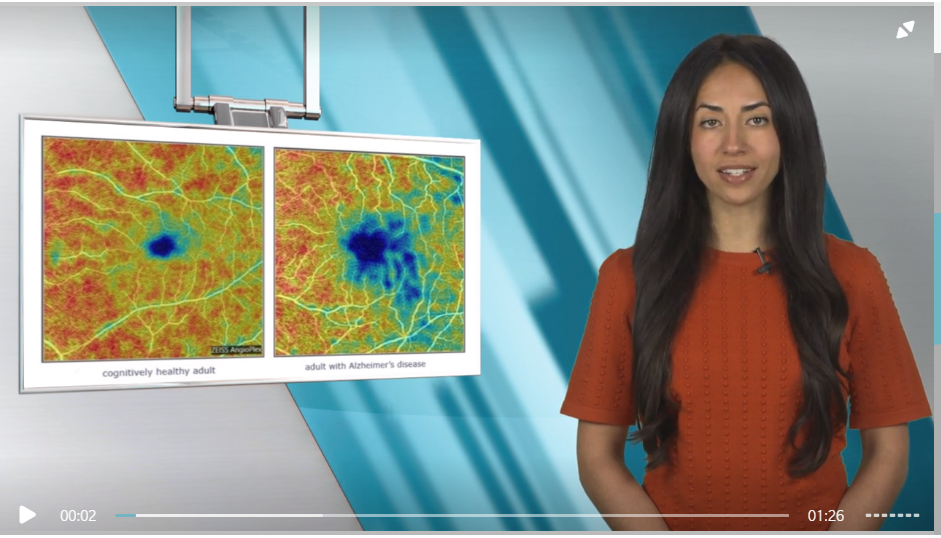
Monitoring the eyes is important! Did you know that your eyes can clue you into other conditions you may not have symptoms for? A recent study suggests that the eyes can even predict Alzheimer’s disease.
What is Alzheimer’s Disease?
Alzheimer’s disease is a brain disorder found in people beginning in their sixties. This disorder erodes the brain causing severe memory loss.
When Alzheimer’s advances, even the simplest of tasks become impossible. Alzheimer’s is irreversible and gets worse with age. It is the most common cause of dementia.
People with Alzheimer’s show physical signs of deterioration in the brain. As the disease progresses, symptoms get worse and worse.
Large clumps of matter and tangled fibers in the brain may be the main culprits behind Alzheimer’s. Alzheimer’s seems to originate in the hippocampus of the brain.
By the time it has taken over, tissue all over the brain is affected and shrunk. Alzheimer’s can take anywhere from 4 to 10 years to take its course. There is not currently any known cure, though some treatments may help with symptoms.
The Study
Recent research suggests the structure of the retina correlates with early Alzheimer’s development. This has been considered before because the retina is actually made up of brain tissue. The retina is also connected to the brain by the optic nerve.

The retina is inside of the eye on the interior back wall. The retina contains photosensitive cells. These photosensitive cells translate the images produced by light into electrical impulses.
It is also made up of distinct layers and contains blood vessels that supply nutrients to the tissue. Researchers used an advanced scanning technique called an optical coherence tomographic angiography (OCTA) to create maps of the subject’s retinas.
They detected loss of blood vessels as well as thinning of a retinal layer in patients with Alzheimer’s. Their control groups of people without the disease had normal retinas. The study took factors like age and sex into consideration and still found the changes were statistically significant.
So why is this such an incredible and important find? It’s an important first step towards diagnosing early signs of Alzheimer’s. Although it’s not definitive, if the method can be proven effective, it would provide a safe alternative for patients.
Current testing involves taking PET scans of the brain or examining spinal fluid. These tests can be expensive and pose risk to patients. They may not even be an effective indicator for all patients with Alzheimer’s.
Alzheimer’s is also usually diagnosed through behavioral tests. For most patients with Alzheimer’s, by the time they show signs, the disease has progressed.
Further research and testing is necessary to determine if using OCTA works. But in the fight against Alzheimer’s, this is a positive step in the right direction!
Wondering if your eyes are at their best? Contact Takle Eye Group in Locust Grove and Griffin, GA to schedule your appointment! You owe it to your eyes to keep them as healthy as possible.




